How To Bring an Old Fax Machine Into The 21st Century
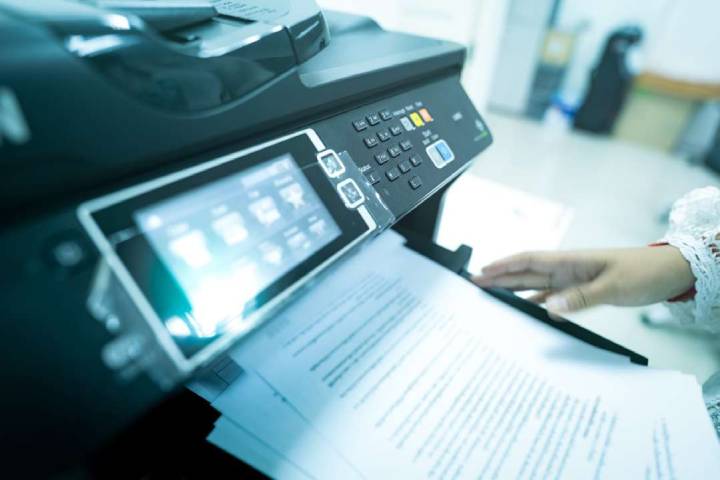
Faxes have been around in some form for almost two centuries. Needless to say, technology has changed a lot in that time. Traditional fax machines can still have a role to play in modern businesses, but to be most effective, they must be upgraded to catch up with the digital era.
The best way to upgrade an old fax machine and bring it in line with modern practices is to enable Internet connectivity. Instead of using telephone lines, fax machines outfitted to access the Internet use VoIP protocols to transmit data. Business owners who still need access to their fax machines but don’t want to get stuck in the last century can read on to find out what it takes to bring an old fax machine online so it can stay relevant in modern times.
Table of Contents
Is Upgrading an Old Fax Machine Worth It?
Before looking into HTTPS VoIP fax machine adaptors, most business owners should take a moment to decide whether it’s worth making the upgrade. Over the last few decades, many people have been predicting the imminent death of the traditional fax machine, but so far, they’re dead wrong. Businesses in many industries, and especially in the healthcare sector, are actually using faxes to communicate between practices more often now than ever.
How to Bring an Analog Fax Machine Online
All it takes to get an analog fax machine prepared is to set up Fax Bridge. This unique analog telephone adapter (ATA) tool will allow business owners and employees to send documents over the Internet using traditional fax machines instead of relying on analog phone lines, and making the switch is incredibly easy. All business owners need to do is order an ATA from a reputable service provider, plug it in, and start using it whenever they want.
How ATAs Work
An ATA works by allowing analog devices to transmit data via digital channels. They don’t take any technical expertise or specialized software to set up. Instead, the ATA will come ready for use from the manufacturer, so all it will take to get that recently converted digital fax machine up and running is plugging in the RJ-11 cord into the phone line port, connecting an ethernet cable into the WAN port on the ATA, and plugging the power cable into an outlet.
Once it’s plugged in, the ATA will assign an IP address to the traditional fax machine. It’s this IP address that will allow the machine to communicate with other digital devices via a secure cloud network. The best part is, ATAs can be used to connect both standalone fax machines and multifunction printers.
Benefits of Internet-Enabling Fax Machines
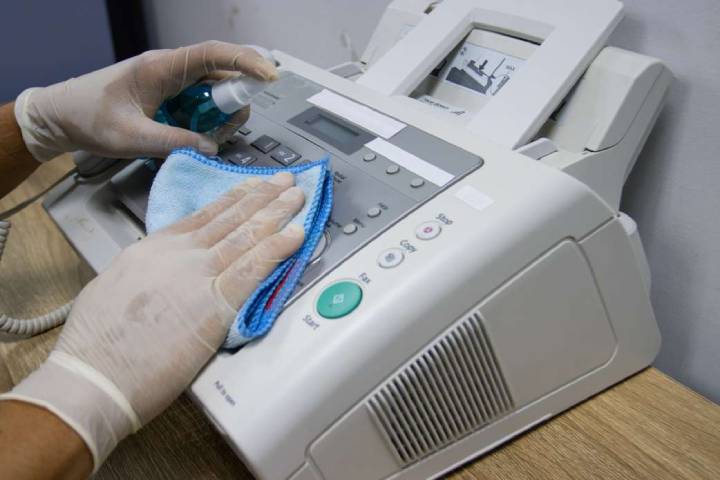
Every company has a different set of reasons for maintaining its fax machines. In the healthcare industry, faxing offers a simple, HIPAA-compliant means of communicating between providers as long as employees follow industry best practices.
Healthcare facilities aren’t the only ones continuing to utilize traditional fax machines, either. Manufacturers, financial providers, and the government all predict an increase in faxing in the coming years. While many older workers are having a hard time adjusting to the complexities of Internet technologies, they’re used to fax machines, and habits die hard.
The good news is, Internet-enabling analog fax machines allows everyone in the office to have the best of both worlds. Here are just a few of the benefits that make it worth making the switch:
Increased Cost-Effectiveness
Digital faxing is more cost-efficient than sending faxes via analog phone lines because it eliminates the need for a dedicated fax line. Bringing fax machines online will also reduce network complexity and make administrators’ jobs easier by consolidating fax, voice, and data services down to one network.
Send Faxes to Anyone
Once a fax machine gets brought online, just about anyone can start receiving faxes from it. Workers can still send faxes from the machines they’re used to, just like they always have, but the information contained in those documents will be converted into digital data that can be sent to email addresses as well as local fax numbers.
Reduced Carbon Footprint
Even if employees are still printing out documents and sending them via traditional fax machines, switching to a digital service can still help to conserve resources. Instead of printing the document twice, once before it’s sent and once when it arrives at the recipient’s fax machine, it will only need to be printed once, cutting paper, ink, and electricity consumption in half.
Improved Security
A lot of people assume that because traditional fax machines transmit data over analog phone lines instead of digital VoIP protocols, they must be more secure. While it’s true that hackers have a much harder time accessing data sent via phone lines, it’s untrue that traditional faxing is safer and more secure. The companies that provide online fax services take all possible steps to minimize the chances of data breaches, and many of them are so good at it that they even meet HIPAA compliance standards.
Still not convinced? Don’t forget, there’s far more room for human error when using traditional fax machines, as wrong numbers, forgotten documents, and improperly filed paperwork can all lead to unauthorized parties accessing sensitive information. With digital faxes and proper training for office employees, these issues are far less likely to come up.
Keep Up with the Times
While fax machines seem to be here to stay, at least for the time being, that doesn’t mean companies that are unwilling to adapt won’t still get left behind. Making the switch to a VoIP faxing solution is an affordable and easy way to upgrade the company’s communication strategy without forcing employees to learn an entirely new system.
Also Read: Digital Tools To Manage Your E-commerce
Ready to Make the Switch?
Ready to make the switch, but not sure how to get started? The first step is to find a reputable online faxing service provider. Look for a cloud-based service that offers not just ATA devices that will connect old fax machines but also a wide range of print-to-fax, email-to-fax, and other essential services.

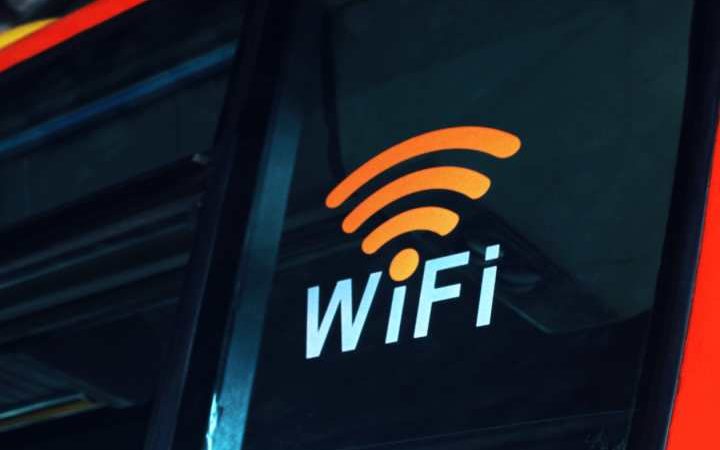

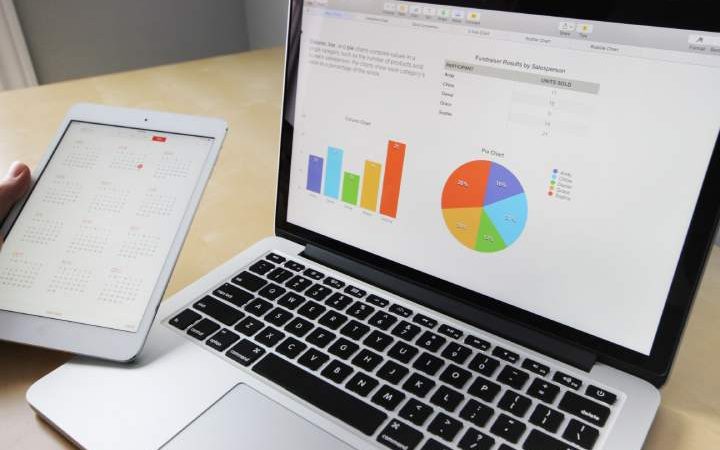
![What Is Com.dti.folderlauncher? [Explained]](https://www.webupdatesdaily.com/wp-content/uploads/2023/09/Com.dti_.folderlauncher-720x450.jpg)
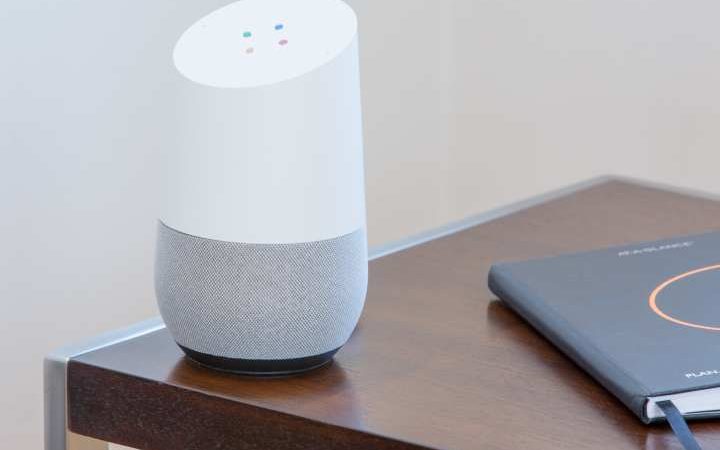
![Alienware Aurora 2019 – Gaming PC [Complete Overview]](https://www.webupdatesdaily.com/wp-content/uploads/2023/08/Alienware-Aurora-720x450.jpg)